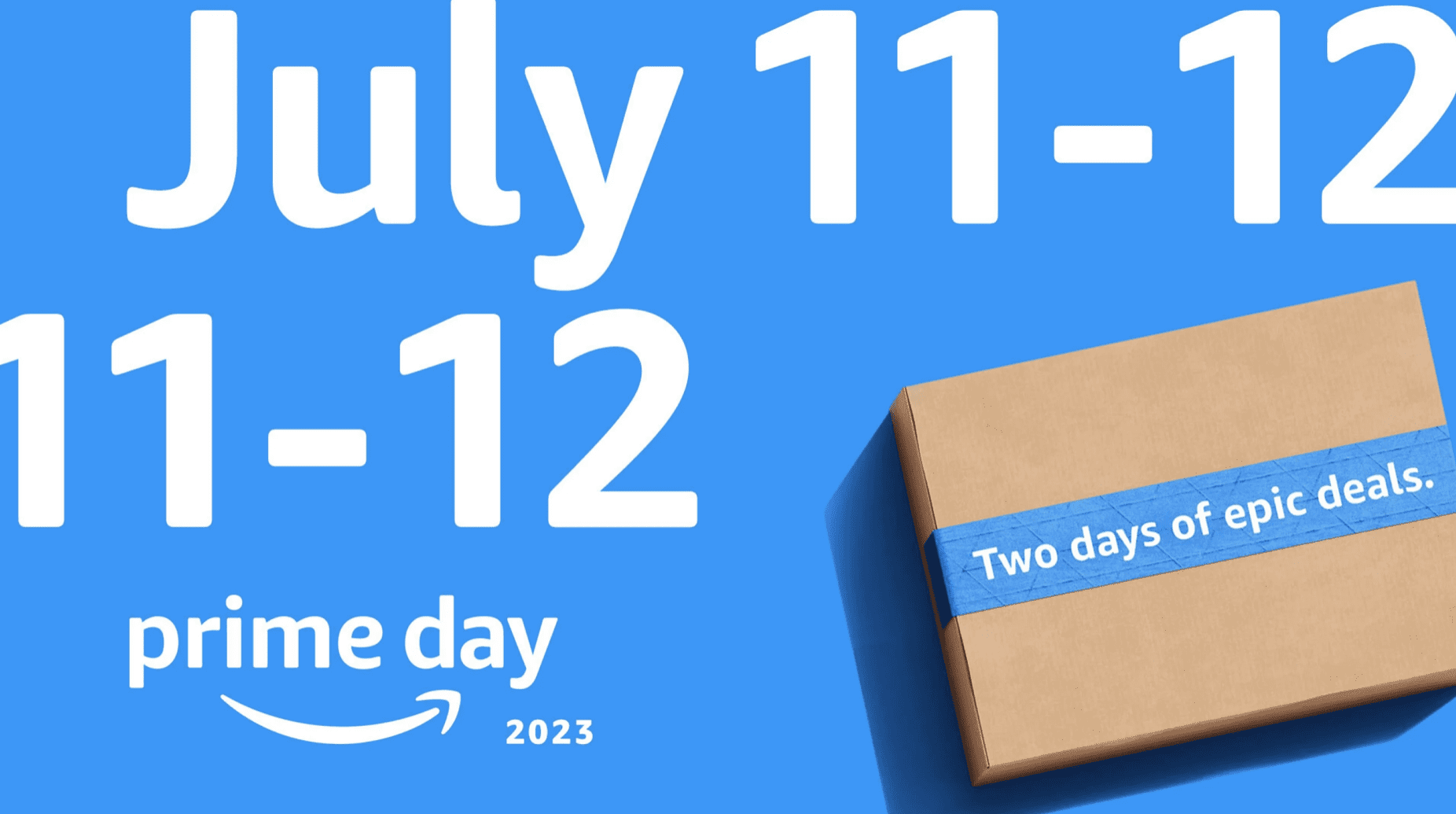Are you ready for the next Amazon Prime Day, which will probably happen this fall? Based on the results of the July 11-12 Prime Day, you should be. Amazon reminded everyone that the company is the top dog in e-commerce despite challenges from the likes of TikTok and Walmart. Businesses that prepare for Prime Day properly will benefit.
Amazon Prime Day Results
According to data from Adobe Analytics, the recent two-day event that occurred on July 11 and 12 witnessed a remarkable increase in year-on-year spending, reaching $12.7 billion in the United States, with a surge of 6.1 percent.
During this event, Prime members globally indulged themselves in purchasing over 375 million products, taking advantage of Amazon’s discounted deals and saving an impressive amount of over $2.5 billion.
The average Prime Day spend per order is $56.64, up from $53.14 in the same reporting period on Prime Day 2022, according to data firm Numerator.
What People Bought
Throughout the span of the two-day event, various categories played a significant role in propelling online sales. Notably, appliances accounted for 45 percent of the sales, followed by housekeeping supplies at 28 percent, and electronics at 18 percent. Additionally, there was a noticeable increase in the popularity of apparel, experiencing a growth of 17 percent, and stationery/office supplies, skyrocketing by an impressive 76 percent. These surges were partially fueled by the influx of back-to-school shoppers.
How People Shopped
Consumers exhibited a growing inclination towards adopting flexible approaches in managing their expenditures. Buy Now Pay Later (BNPL) orders experienced a significant surge on both days of the event. On July 11, BNPL constituted 6.4 percent of online orders, resulting in a remarkable revenue of $461 million. This marked an astounding 19.5 percent increase compared to the corresponding day of last year’s Prime Day event. Similarly, on July 12, BNPL accounted for 6.6 percent of online orders, generating $466 million in revenue and demonstrating a notable growth of 21 percent compared to the second day of last year’s event.
Online sales were predominantly influenced by smartphones, accounting for nearly half of the total sales at 46.5 percent. This figure has seen a growth from the previous year’s 43.7 percent, indicating an upward trend in consumer confidence when it comes to shopping on smaller screens. The increase in smartphone-driven sales can be attributed to both the growing comfort of consumers with mobile shopping experiences and the prevalence of last-minute impulse purchases.
“Prime Day has become of one the biggest e-commerce moments of the year, as consumers latch onto major discounts from a number of different retailers,” said Vivek Pandya, a lead analyst at Adobe Digital Insights, in a statement. “The record spending so far shows us that consumers are tapping into their inner bargain hunters, stocking up on specific categories such as electronics and apparel while the discounts remain steep.”
Across major marketing channels, affiliates/partners saw the biggest lift when it came to revenue contribution (up 11 percent). Other major contributors were email (up 10 percent), display (up 5 percent) and social (up 4 percent).
How to Prepare
Here are some tactics advertisers should take to prepare themselves for Amazon Prime Day – and start preparing now:
- Offer exclusive discounts and bundles. Prime Day is all about deals. So make sure you’re offering discounts that will make your products stand out from the competition. You could also offer bundles of products to give customers more value for their money. Participate in Amazon’s Lightning Deals and coupon promotions to drive increased sales and conversions. These limited-time offers can create a sense of urgency and encourage impulse purchases.
- Re-examine your search campaigns on Amazon. Given how much Prime Day shoppers seek out deals, are your keywords aligned with what value-based shoppers are looking for?
- Increase your advertising budget. You’ll need to increase your advertising budget to reach a wider audience. You could also consider using Amazon’s advertising platform to target your ads more precisely. As we have blogged extensively, Amazon continues to roll out ad units designed to boost your visibility and drive traffic to your inventory.
- Optimize your product listings. Make sure your product listings are optimized for search so that people can easily find your products. This includes using relevant keywords, clear and concise product descriptions, and high-quality images. Consider using Enhanced Brand Content or A+ Content to provide enhanced visuals and detailed product information.
- Stock up on inventory. Make sure you have enough inventory to meet demand. You don’t want to lose out on sales (and annoy Amazon) because you’re out of stock.
- Promote your deals on social media and email. Let your existing customers know about your Prime Day deals by promoting them on social media and email. You could also create a dedicated landing page for your Prime Day deals.
- Track your results. It’s important to track your results so that you can see what’s working and what’s not. This will help you improve your strategy for future Prime Day events.
- Do post-Prime Day follow-up. After Prime Day ends, leverage post-event insights and customer data to retarget potential customers and nurture ongoing relationships. Develop post-Prime Day campaigns, including remarketing efforts and personalized offers, to maintain momentum and drive additional sales.
Contact True Interactive
To succeed in Amazon’s world, contact True Interactive. Our experience with Amazon Ads makes us well suited to help your brand succeed all year-round.
